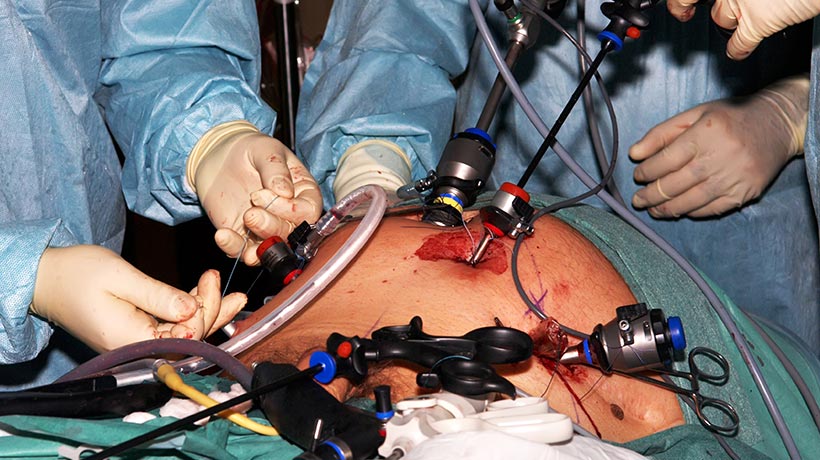





An extensive and specialized technique is used at Paarasmani Hospital in Pune to treat diabetic foot ulcers in order to effectively care for those who have this problem and promote healing. Diabetic foot ulcers can be serious and challenging to treat, requiring specialized medical attention from qualified foot infection doctors. at Paarasmani we are experienced in diagnosing and managing foot infections, particularly those associated with diabetes.
I. Role of Foot Infection Doctors: Foot infection doctors, also known as podiatrists or foot and ankle surgeons, specialize in the diagnosis, treatment, and prevention of foot conditions and infections. They have extensive knowledge and training in managing various foot-related issues, including diabetic foot ulcers.
II. Diabetic Foot Ulcers: Diabetic foot ulcers are open sores or wounds that commonly occur in individuals with diabetes. High blood sugar levels, poor circulation, and nerve damage are common factors that contribute to the development of these ulcers. Without proper care, they can lead to severe complications, including infections, gangrene, and potential amputation.
Diabetic foot ulcers usually result from a combination of factors, such as:
I. Nerve damage (neuropathy): Diabetes can cause damage to the nerves in the feet, leading to a loss of sensation. Patients may not feel pain or injuries, allowing wounds to go unnoticed and untreated.
II. Poor circulation: Diabetes can also affect blood flow to the extremities, leading to delayed healing and making it harder for the body to fight infections.
III. Foot deformities: Issues like bunions, hammertoes, or Charcot foot deformity can cause pressure points that lead to ulcer formation.
IV. Foot trauma: Any injury to the foot can develop into an ulcer if not appropriately managed.
The treatment of diabetic foot ulcers often involves a multidisciplinary approach, including:
I. Wound care: Regular cleaning and dressing of the ulcer to promote healing and prevent infection.
II. Offloading: Reducing pressure on the affected area to allow the ulcer to heal properly.
III. Infection management: Administering antibiotics if the ulcer becomes infected.
IV. Blood sugar control: Ensuring optimal blood glucose levels to promote healing.
V. Vascular evaluation: Assessing and managing blood flow to the affected foot.
VI. Debridement: The process of removing sick or dead tissue from the wound to speed healing.
VII. Surgery: In some cases, surgical intervention may be necessary to remove infected tissue or correct foot deformities.
Surgical options for diabetic foot ulcers may include:
I. Debridement surgery: Removing dead tissue and debris from the wound to promote healing.
II. Skin grafts or substitutes: Applying healthy skin to the ulcer site to aid in healing.
III. Osteomyelitis surgery: If the infection reaches the bone, surgery may be necessary to remove infected bone tissue.
IV. Charcot foot correction: For cases of Charcot foot deformity, reconstructive surgery may be required to realign and stabilize the foot.
It's essential for individuals with diabetes to regularly visit foot infection doctors or podiatrists to monitor their foot health and detect any issues early. Proper foot care, including daily inspection, keeping feet clean and moisturized, and wearing appropriate footwear, can help prevent diabetic foot ulcers and complications. If you or someone you know has diabetes and is dealing with foot ulcers or infections, seeking prompt medical attention from a qualified foot infection doctor is crucial for optimal treatment and management. The services of Paarasmani Hospital are available to the nearby communities of Magarpatta City, Hadapsar Gadital, Amanora, Kharadi, BT Kawade Road, Handewadi, Wanowrie, Manjri, and Phursungi.